Huck Norris is a new brand of tubeless tyre protection, and to cut straight to what you’re wondering: Yes it works. One day I’d put a nice big hole in a tubeless tyre from a clumsy landing, the next I’d repaired it, put this in, and I didn’t think about flats again until I removed it.
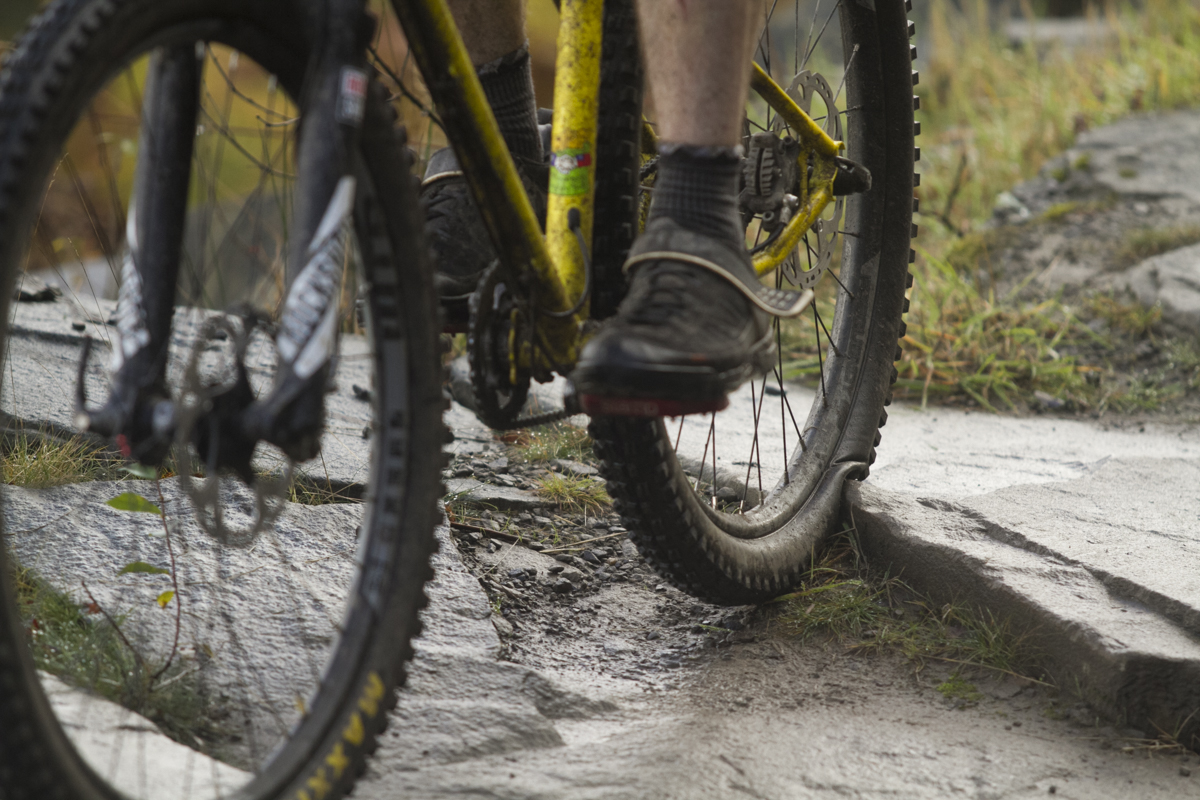
When I met them last year, the people behind Huck Norris immediately said “It’s not camping mat foam!”, almost as if that’s the first thing anyone asks. In development they trialled five different densities of closed cell foam before settling on this particular one. Give some a squeeze and you’ll realise it’s definitely harder than your average roll mat; put it in a tyre and you’ll see it also doesn’t absorb sealant.
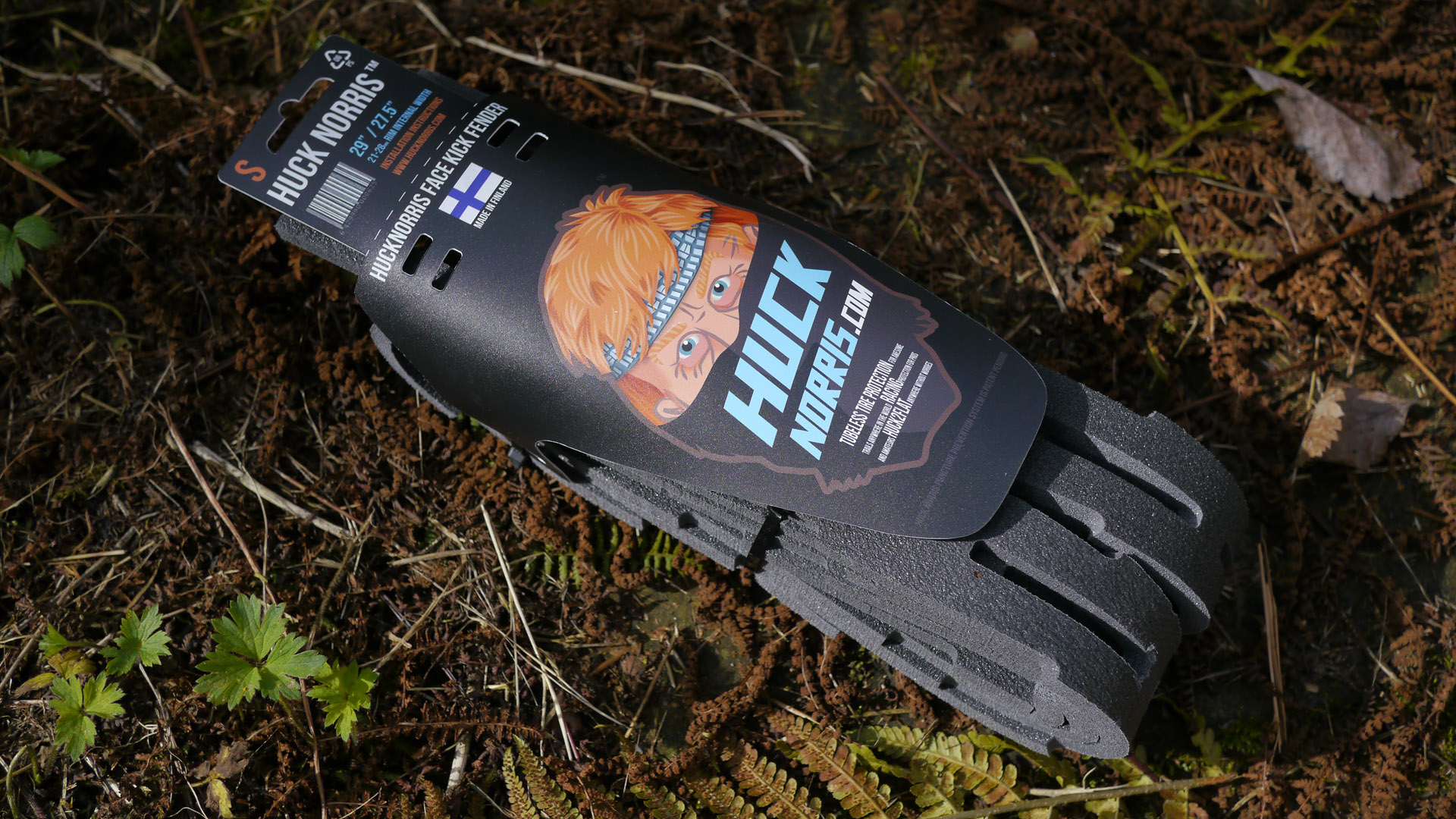
It seems absurdly simple: A foam strip joined at the ends by a loop of velcro, with some holes and cutouts so the tyre sealant can still slosh around. It comes in three sizes for different rim widths, and sits up inside the tyre carcass above the rim, providing plenty of cover for the beads below. When your wheel and tyre bottom out on something hard, the foam acts as a barrier to slow everything down. Each impact makes a little slice through the foam, but the chances of a rock cutting the tyre or denting the rim are massively reduced.
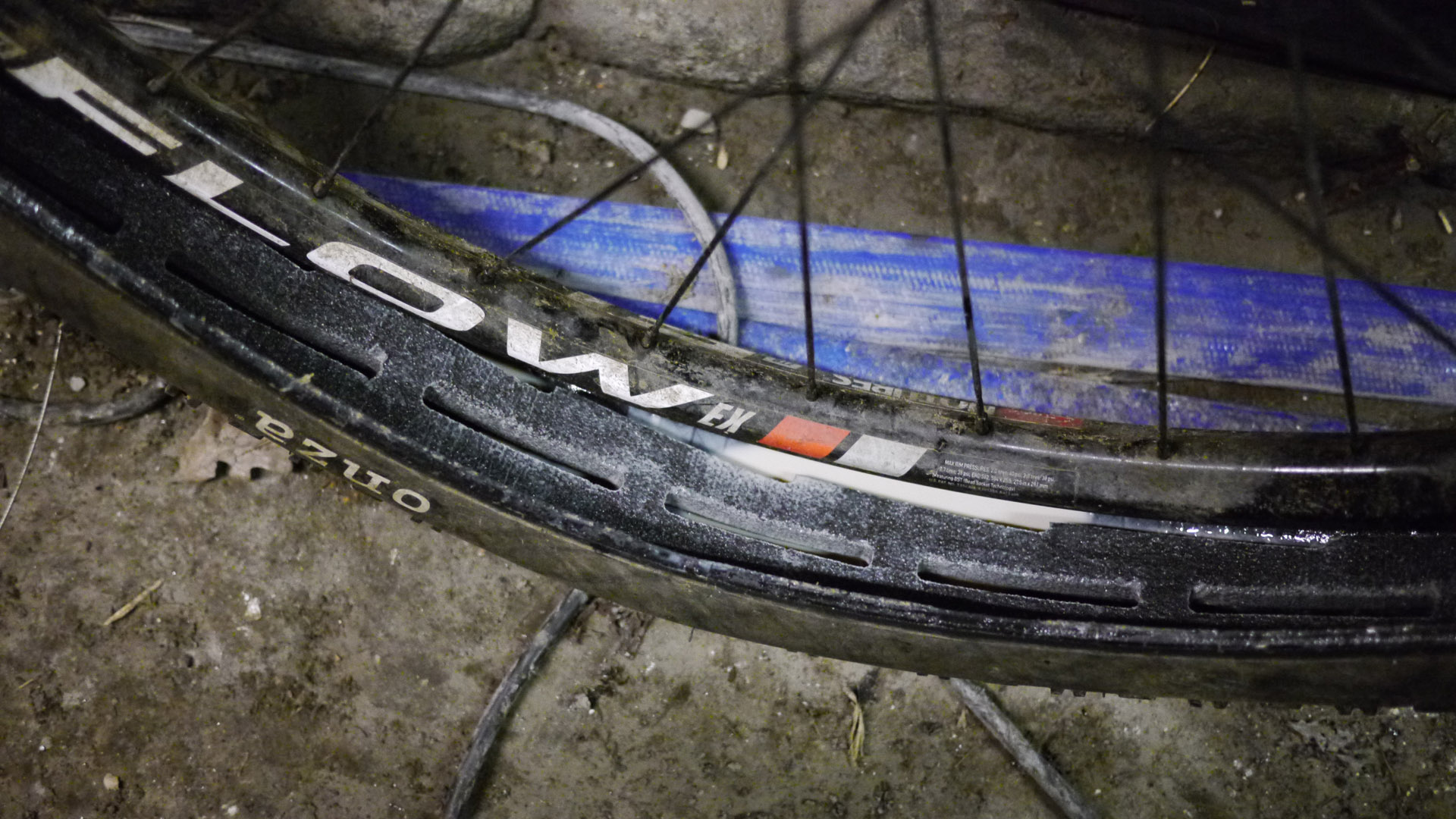
Depending on just how ham-footed you are, those little slices do mean you’ll have to replace the Huck Norris eventually. The longer you use it, the more chance there is you’ll get unlucky and bash the same spot twice. Despite abundantly slotting the back strip with an assortment of waterbars, rocks, kerbs, cobbles and landings, this didn’t happen to me in six months though.
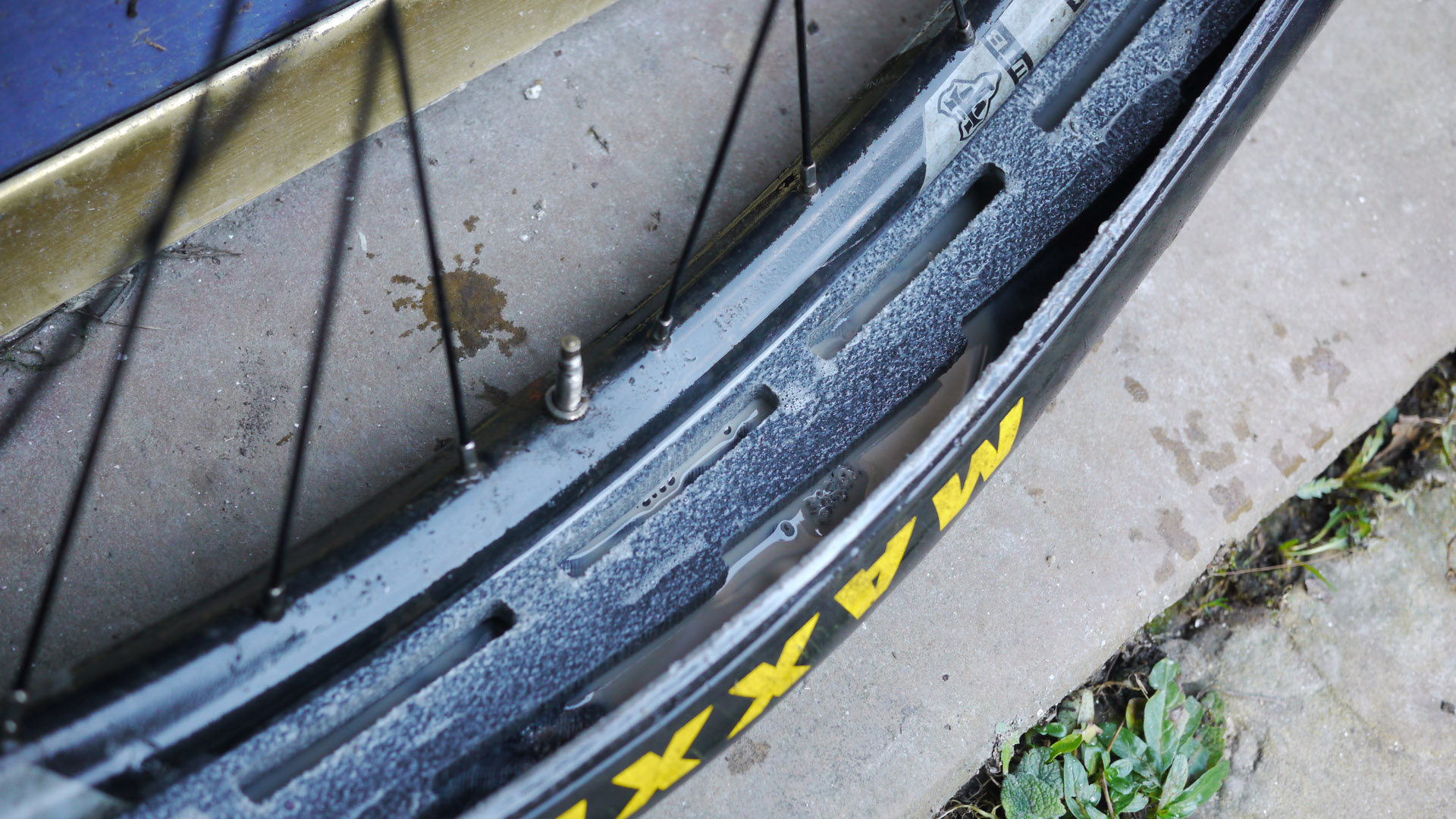
Weight is only 70 – 85 grams per wheel, but unlike heavier systems that lock tyre beads against the rim, Huck Norris won’t stop you rolling a tyre or burping at really low pressures. If you’re prone to that, you might want to look at a more technical solution.
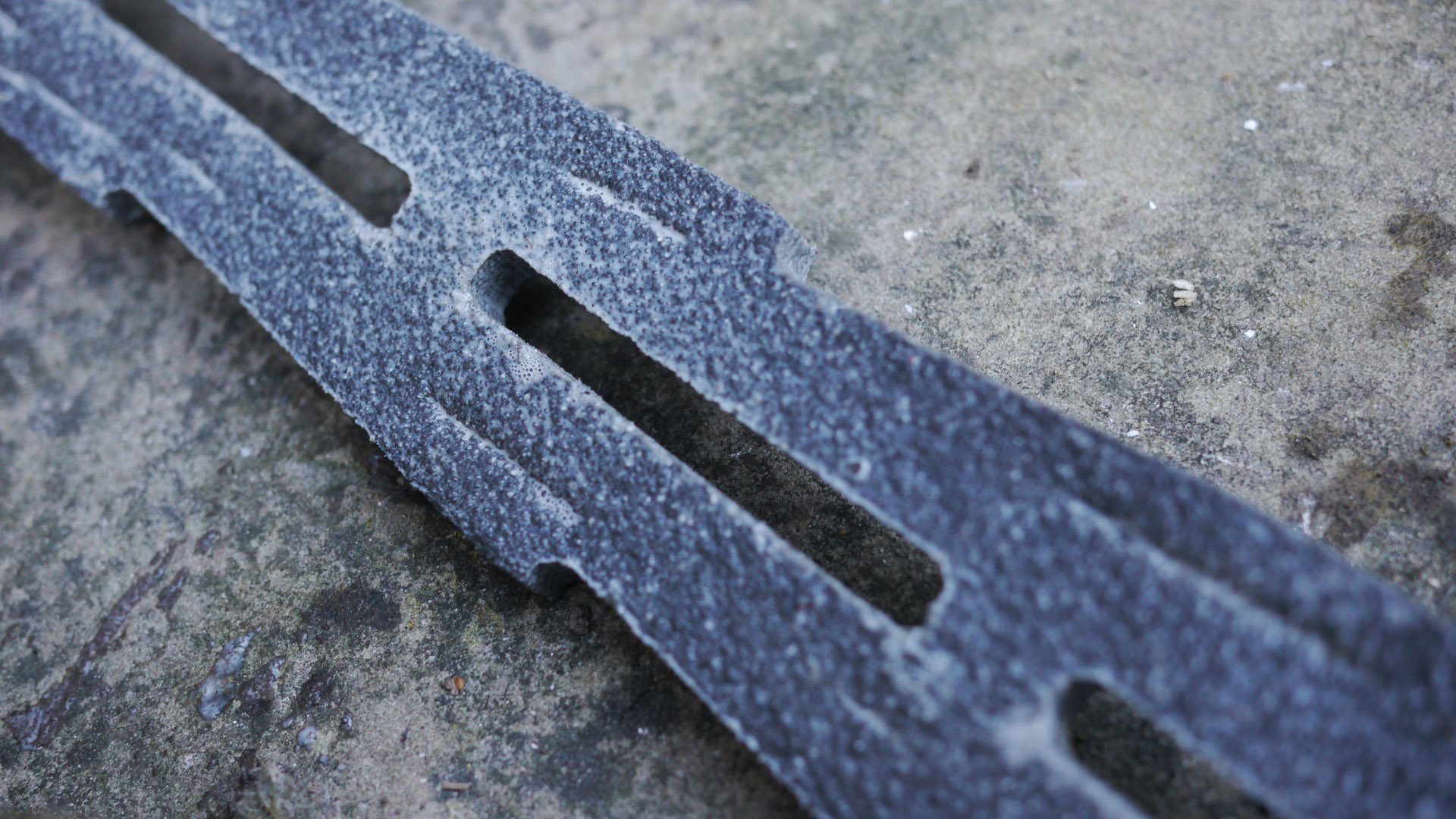
Compared to those other puncture protection methods though, Huck Norris is much less hassle if you’re a serial tyre or wheel changer. It goes in and comes out quickly, only adding thirty seconds or so to the process of mounting a tyre. Having it in the tyre carcass also makes tubeless inflation just a little easier, kind of like the old trick of putting a strap on the outside of the tyre to force air back toward the rim and tyre beads.
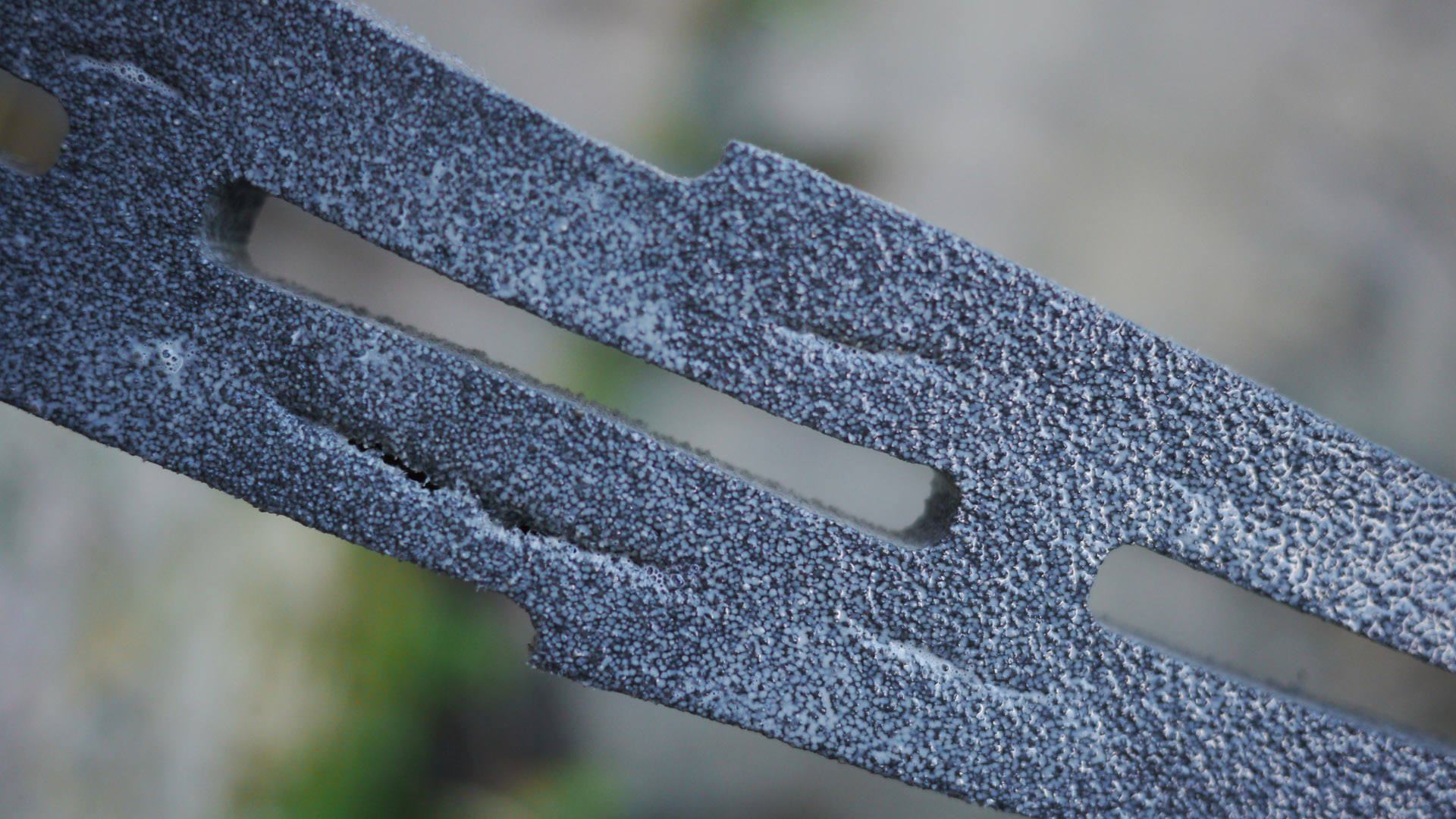
The photos in this review showing one of the inserts all beaten up were taken after it’d been on the back wheel of a hardtail for six months. The strip in the front tyre was hardly damaged at all, so I whipped it out and put it out back, where it’s still doing its job ten months after I first got it. It’ll probably need changing soon, but it’s been nearly a year of hassle free riding and tyre changing.
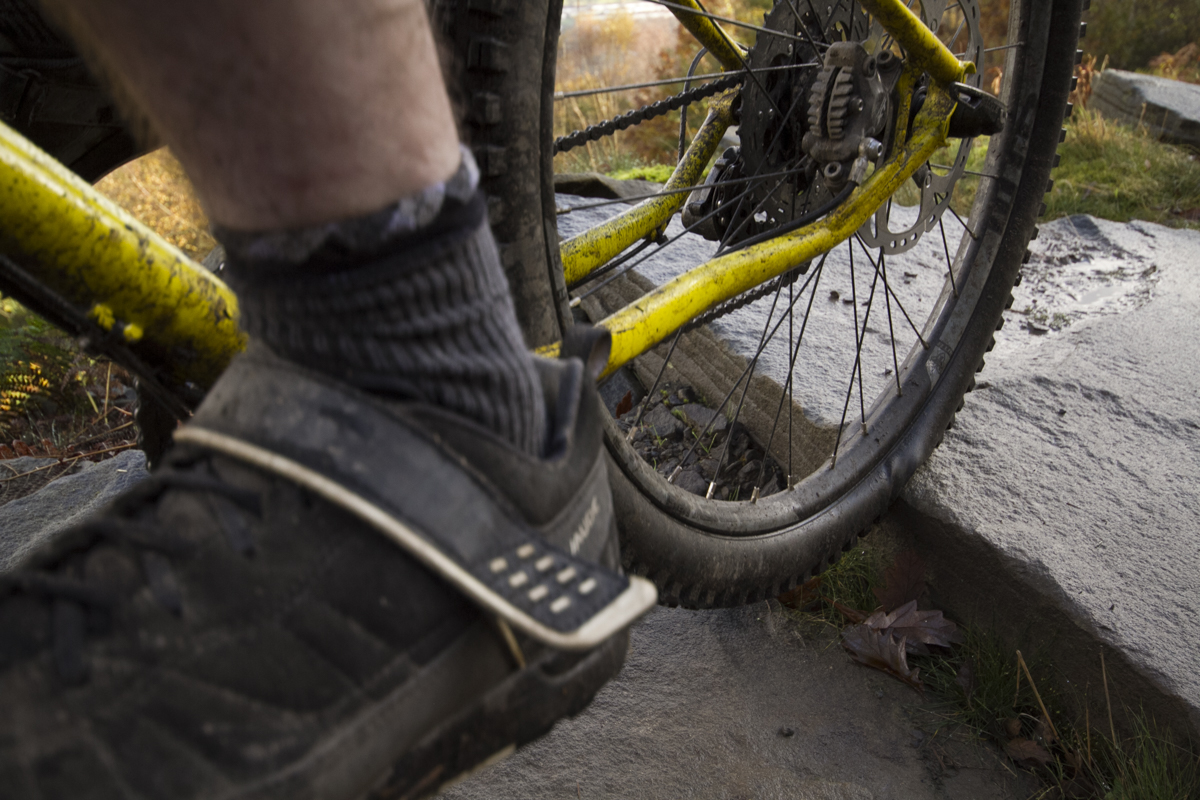
Overall
If you want an afternoon project you might be able to DIY something like this, but if you want something that just works, Huck Norris does. A more expensive, more complicated alternative might be worth looking into if you don’t change tyres much, but Huck Norris is a really serviceable solution, and is ideal protection for compulsive tyre swappers.
(No video showing? Here’s a link).
Interested to see what other tubeless inserts are available and how they perform? Check out all of our tubeless insert reviews right here!





